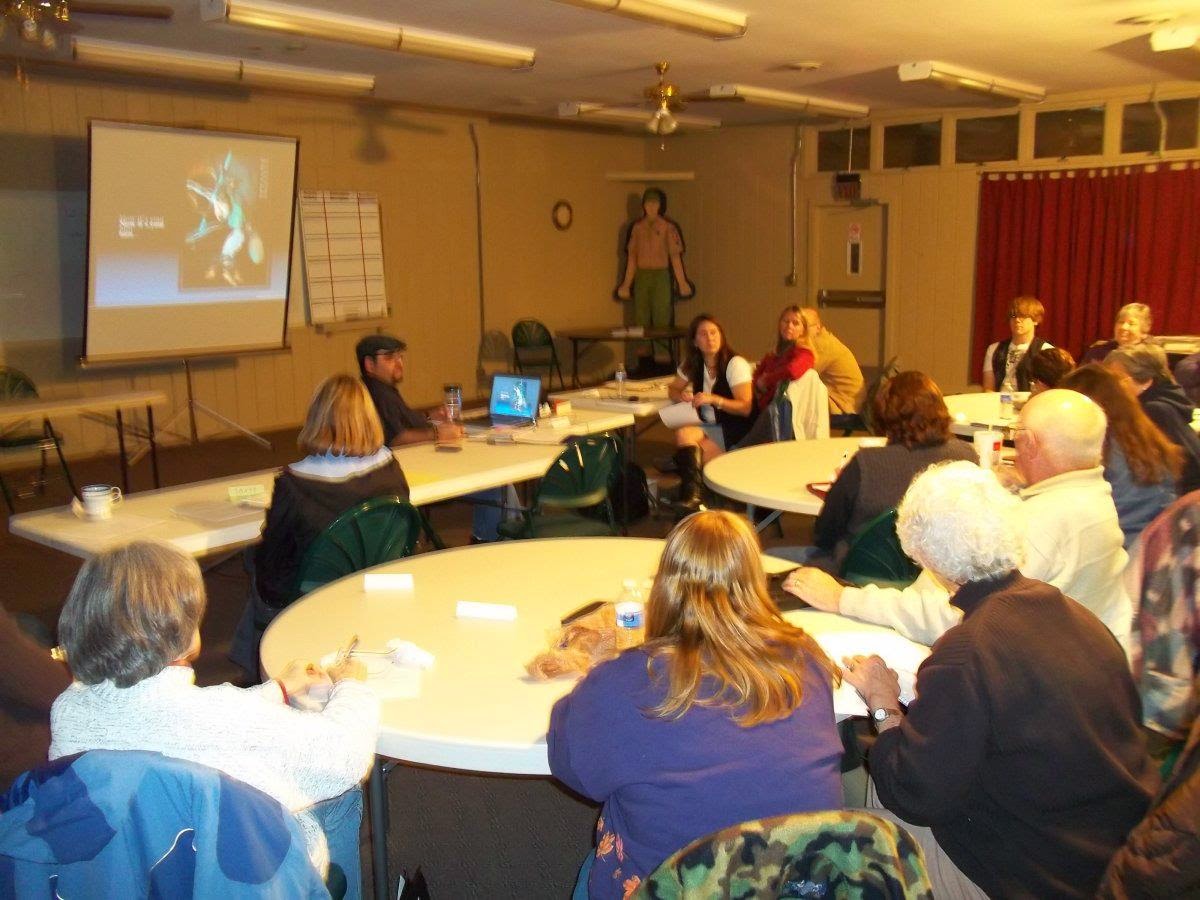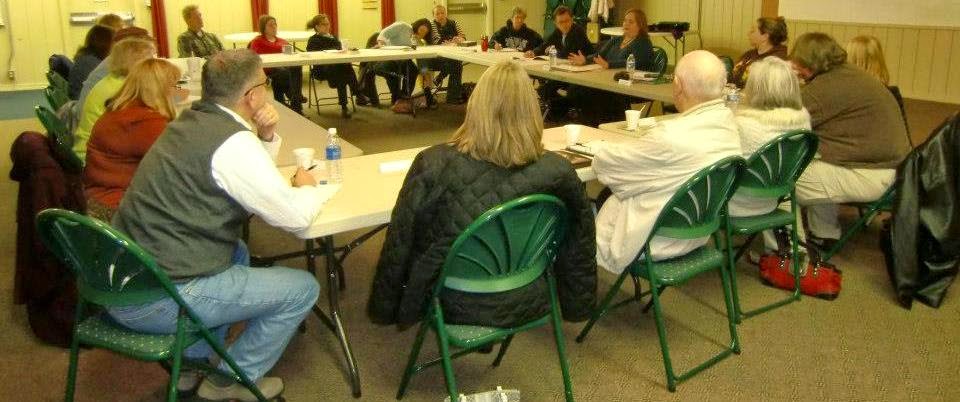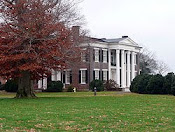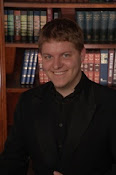The general rule is when a number can be written in two words or less, spell it out. If greater than two words, write the number:
I have ninety-nine erasers in my antique-erasers collection.
My great-grandmother is one hundred years old.
There are seventeen children coming to Lucy's birthday party.
It should take me about six hours to read this 175-page book.
However if you have a series of numbers, aim for simplicity and consistency (spelling out all but 145 would be awkward, so keep it simple):
My lucky numbers are 12, 54, 97, and 145.
Rule exception - any number occuring at the beginning of a sentence is spelled out:
Seven hundred and thirty students attend my son's school.
It gets a little tricky with round numbers, but if you just remember all round numbers are spelled out, you should have it. Here is an excerpt from Grammar & Style at Your Fingertips by Lara M. Robbins:
If the number is larger than 101 but is a round number, then it would also be spelled out. A round number is a number ending with one or more zeros.
- There were an estimated seven hundred fifty million people watching as Diana married Prince Charles.
- There are already more than two thousand bookies taking bets on who will win the next Kentucky Derby.
June 24, 1945
the 1920's
124 B.C.
p. 263
p. xxvi
2' X 4'
2.5 cm
0.9631
23 percent
93 miles
$367.27
86%
8:30
4262 B Street
There are exceptions to these I just listed, so be sure to get a good grammar book with a thorough section on number writing. My favorite is Grammar and Style at Your Fingertips by Lara M. Robbins (link above). I do have this book as well at the Random House book I referenced above at all of our Critique Sessions.
Memorize the rules, and familiarize yourself with the exceptions to the rules, and you will have a solid grasp on number writing.
Keep in mind that technical, academic, and business writing as well as many magazines and newspapers follow a common rule of spelling out numbers from one through ten and using numerals for all others. If you purchase a grammar book, make sure it is not a grammar book geared toward business writing (The Gregg Reference Manual is one example) unless your writing falls into one of the categories I just listed. Currently, I am not aware of anyone in our writers' group who writes in any of these categories.
Post by: LWC Director Karen Aldridge. Visit her personal blog at My Writing Loft.










